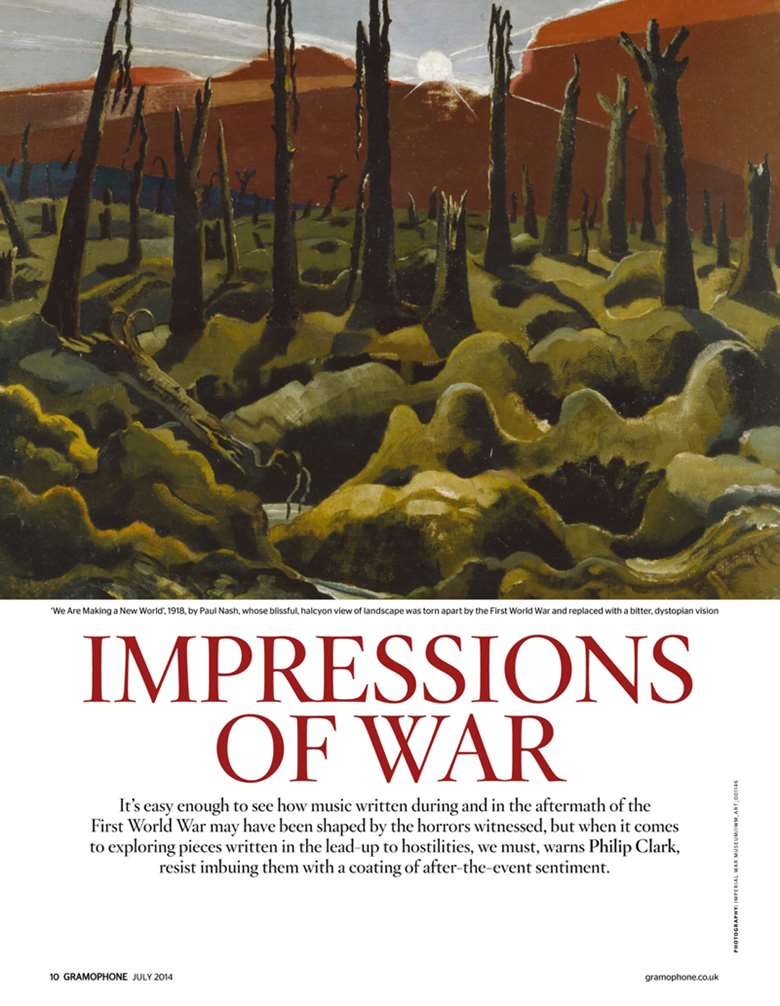Impressions of war
Philip Clark
Monday, August 4, 2014
From Vaughan Williams to Schoenberg, the composers whose music was shaped by the horrors of war

Register now to continue reading
Thanks for exploring the Gramophone website. Sign up for a free account today to enjoy the following benefits:
- Free access to 3 subscriber-only articles per month
- Unlimited access to our news, podcasts and awards pages
- Free weekly email newsletter







